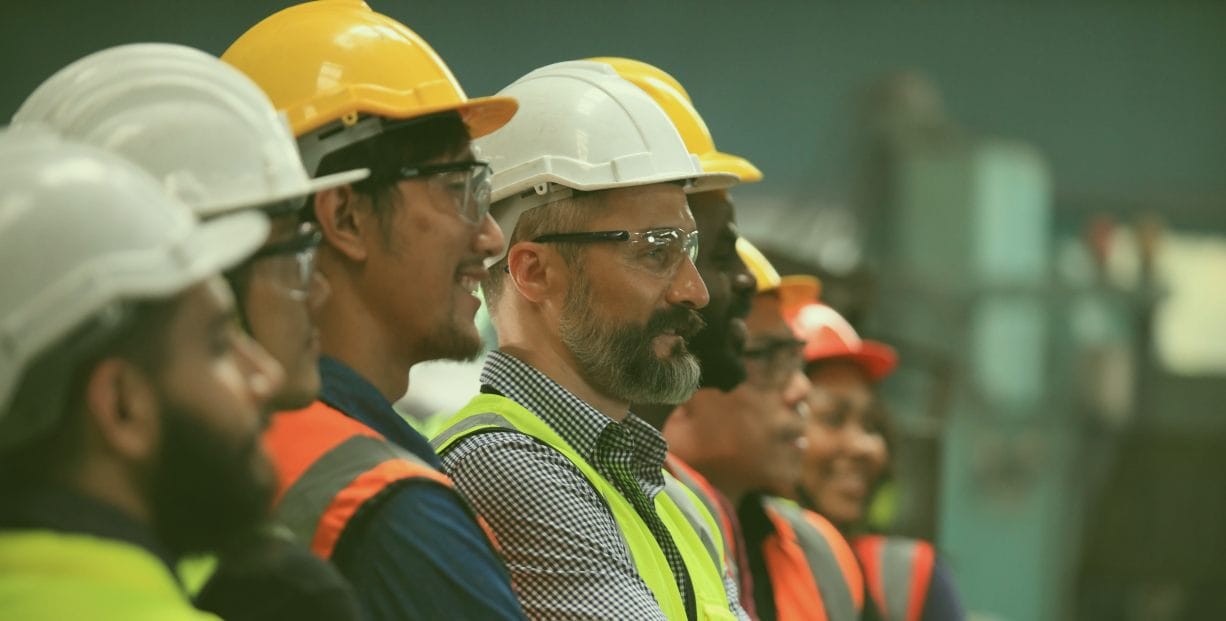
How Regular Safety Training Reduces Workplace Incidents
3 mins readIt often takes a single oversight to turn a routine task into a dangerous event. From slips and falls to equipment malfunctions, workplace incidents can arise when safety is treated as an afterthought rather than a priority. But here’s the truth: accidents aren’t always due to unsafe conditions—they’re often the result of unsafe actions. And the most effective way to mitigate those actions? Regular safety training.
Instilling a culture of safety doesn’t happen overnight. It’s the result of continuous learning, awareness, and practical reinforcement. When safety becomes second nature through consistent education, organisations experience fewer accidents, higher productivity, and better morale.
Discover Industry-Leading Health, Safety & Environment Courses
If your goal is to reduce risks, improve compliance, and protect your people, our Health, Safety and Environment Training Courses provide a wide range of practical, industry-relevant options. These courses equip professionals with the knowledge to identify hazards, enforce safety standards, and respond proactively to incidents before they escalate.
The Link Between Training and Incident Prevention
Many workplace accidents are preventable. The key lies in understanding where risks exist and how to eliminate or mitigate them. Regular safety training creates informed employees who can recognize hazards, respond appropriately, and avoid risky behaviour altogether.
Routine training also keeps your workforce aligned with the latest regulations and industry best practices. As laws and technologies evolve, so do the risks—and staying ahead means revisiting training frequently. For example, what worked five years ago for working at heights or chemical handling may no longer be compliant with today’s standards.
In high-risk industries such as construction, energy, and manufacturing, even minor gaps in safety knowledge can lead to serious injuries or costly shutdowns. Regular training ensures that safety remains top-of-mind and procedures become habit rather than afterthought.
Empowering Teams Through Awareness and Confidence
One of the lesser-discussed benefits of consistent safety training is the boost in employee confidence. When individuals know how to handle emergencies, operate machinery safely, or spot a potential hazard, they feel empowered—not anxious—at work.
This confidence improves teamwork, increases communication about safety concerns, and fosters a proactive culture where everyone takes ownership of their well-being and that of their colleagues. The result? Fewer incidents, better performance, and stronger compliance with safety protocols.
Essential Safety Training Courses for Workplace Incident Reduction
To help organisations build a safer, more resilient workforce, these targeted training courses provide expert knowledge, real-world techniques, and practical tools for implementing and maintaining best-in-class safety practices:
-
Safety Management: Best Practices Course: Designed for safety officers and team leaders, this course outlines proven strategies for establishing and sustaining effective safety programs within any industry.
-
Advanced Risk, Reliability and Safety Management Techniques Course: Dive deep into the relationship between risk assessment and safety systems. Learn advanced methods to analyse, forecast, and control potential workplace hazards.
-
Certificate in Advanced Health and Safety Management Course: A comprehensive course that covers regulatory frameworks, hazard identification, emergency preparedness, and safety auditing to reduce workplace risk significantly.
-
Working at Height: Safety and Best Practices Course: Focused on one of the most high-risk activities, this course trains participants on proper equipment use, hazard awareness, and safety procedures for working at elevation.
Each course is developed with industry standards in mind, offering actionable insights that help reduce incidents and improve safety outcomes across the board.
Frequently Asked Questions
1. Why is regular safety training important in the workplace?
Regular safety training reinforces best practices, updates employees on new risks or regulations, and helps prevent accidents by making safety a routine aspect of work culture.
2. How often should safety training be conducted?
It depends on the industry and the nature of work, but typically, annual or semi-annual training sessions are recommended. High-risk environments may require more frequent refreshers.
3. What are the consequences of not conducting regular safety training?
Lack of training can lead to increased workplace accidents, regulatory violations, legal liabilities, and reduced employee morale and productivity.
4. Which course is best for managing safety programs at an organisational level?
The Safety Management: Best Practices Course is ideal for professionals responsible for implementing or improving workplace safety strategies.
5. How can training reduce incidents for specific tasks like working at heights?
Task-specific training, such as the Working at Height: Safety and Best Practices Course, teaches employees proper techniques, hazard identification, and emergency procedures to prevent falls and injuries.
6. What industries benefit most from regular safety training?
Industries like construction, oil & gas, manufacturing, logistics, and healthcare benefit significantly due to their high-risk environments, though all workplaces can benefit from structured safety education.




